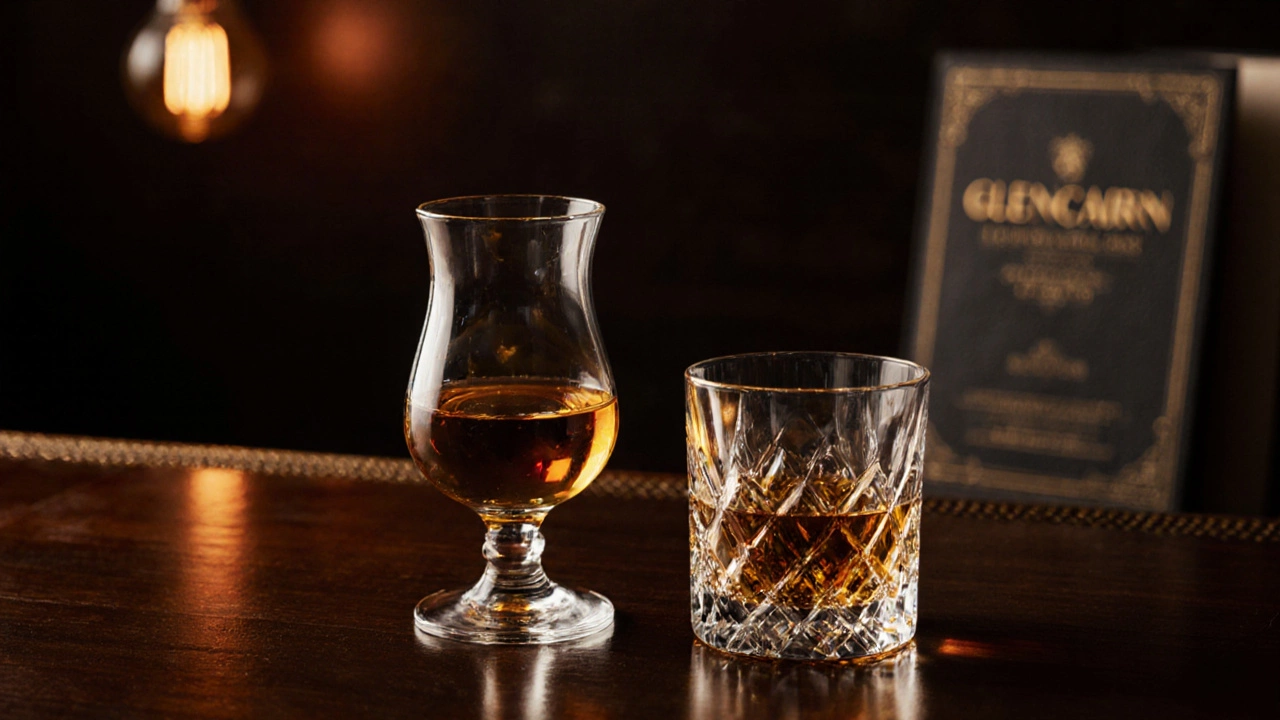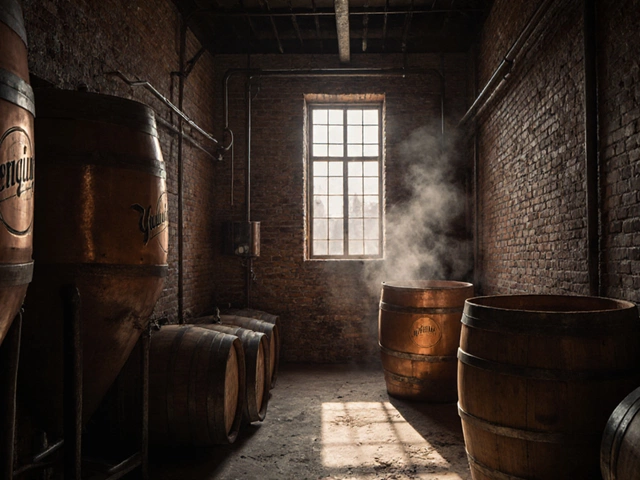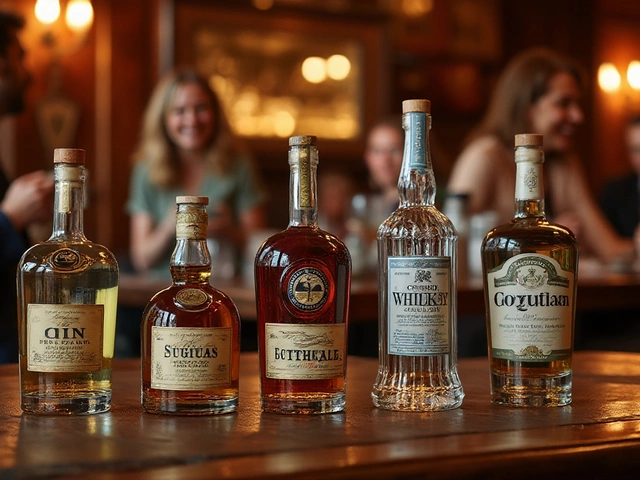Whiskey Tasting Tips: Your Guide to Savoring the Spirit
When exploring whiskey tasting, the practice of evaluating a whiskey’s aroma, taste, and finish in a structured way. Also known as whisky sampling, it blends sensory skill with a bit of science. To get the most out of each sip, you’ll need more than a glass – you’ll need the right palate cleanser, the right food or neutral snack that resets your taste buds between pours, an understanding of whiskey food pairing, the art of matching dishes that highlight a spirit’s character, and a grasp of basic whiskey etiquette, the set of unwritten rules that keep the tasting experience respectful and enjoyable. Together, these elements create a solid foundation for any tasting session.
Why the Basics Matter
First, a proper tasting environment sets the stage. Good lighting, a neutral backdrop, and a quiet space let you focus on the subtle notes that make each whiskey unique. Second, the glass choice matters – a Glencairn or a tulip-shaped glass concentrates the aromas so you can sniff the peat, vanilla, or spice before the first sip. Third, temperature control is key; most whiskies shine between 15‑20°C, which lets the flavors open without becoming overwhelming. These three pillars – setting, glass, and temperature – establish the conditions for accurate assessment.
Next, you’ll want to follow a simple sequence: observe, nose, sip, and reflect. Observation starts with color; a deep amber may signal longer aging or a higher cask influence. When you bring the glass to your nose, break the surface gently to release volatile compounds – you might catch hints of caramel, oak, or fruit. Take a small sip, let it coat your palate, and note the initial attack, the mid‑palate development, and the finish length. Finally, write down your impressions or discuss them with friends; recording helps you track preferences and compare bottles over time.
Now, let’s talk about the whiskey tasting tips that turn a casual sip into a refined experience. One crucial tip is to use palate cleansers like plain water, unsalted crackers, or mild cheese between samples. These reset your taste buds and prevent flavors from blending. Another tip is to pair whiskies with complementary foods – a smoky Islay whisky shines with grilled cheese or smoked salmon, while a sweet bourbon pairs nicely with dark chocolate or apple pie. Finally, respect the etiquette: never swirl a whisky aggressively, keep conversation low, and finish one glass before moving to the next. These habits keep the focus on the spirit and show consideration for fellow tasters.
Beyond the basics, consider the role of personal preference. Everyone’s palate is different, so use the guidelines as a starting point, not a strict rulebook. If you prefer a bolder aroma, lean into whiskies with higher peat levels; if you love smooth finishes, look for low‑rye blends. Experiment with different water additions – a few drops can open up flavors you might miss neat. And don’t forget the social side: sharing tasting notes with a group can reveal perspectives you never thought of, turning a solo session into a community learning moment.
All these ideas combine to give you a well‑rounded toolkit for any whiskey tasting event. Below you’ll find a curated collection of articles that dive deeper into each tip – from detailed food pairing charts and the science behind palate cleansing to dress‑code advice for whisky tastings and safety tips for drinking responsibly. Whether you’re prepping for a distillery tour, hosting a tasting night, or just exploring new bottles at home, these resources will help you make the most of every dram.
Learn how to drink whiskey with class: choose the right glass, set the perfect temperature, add water or ice wisely, and pair with food for a refined experience.
View Details

